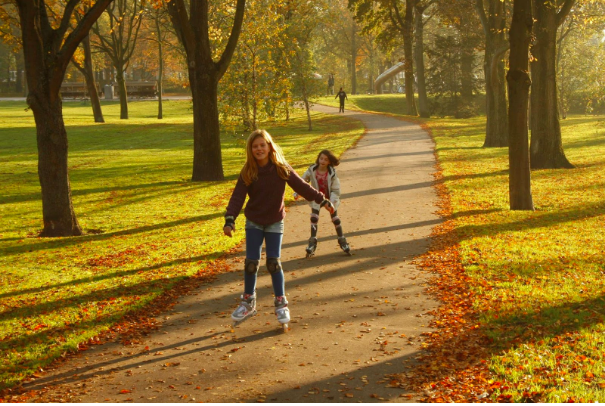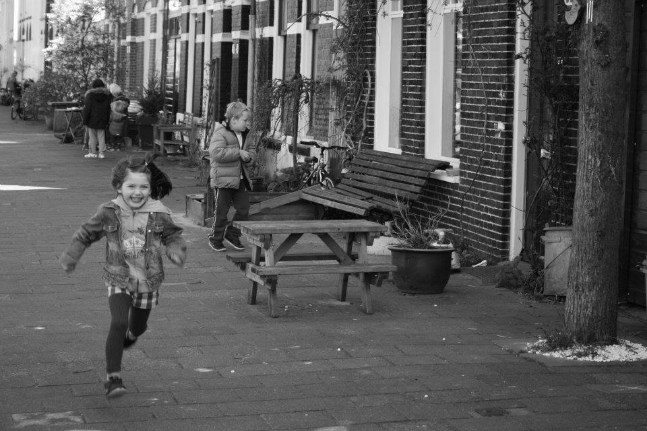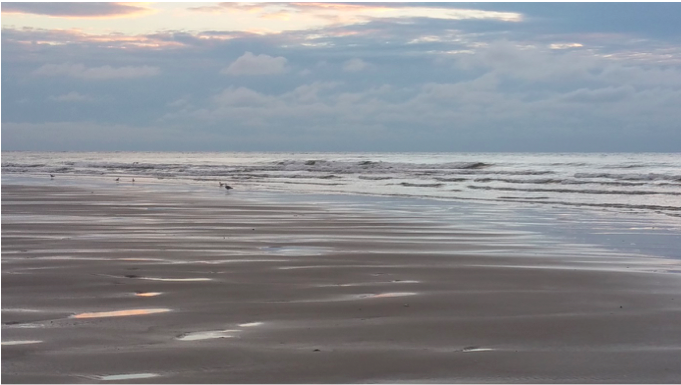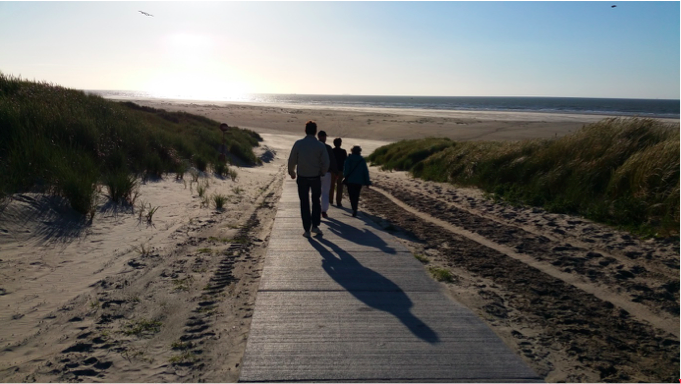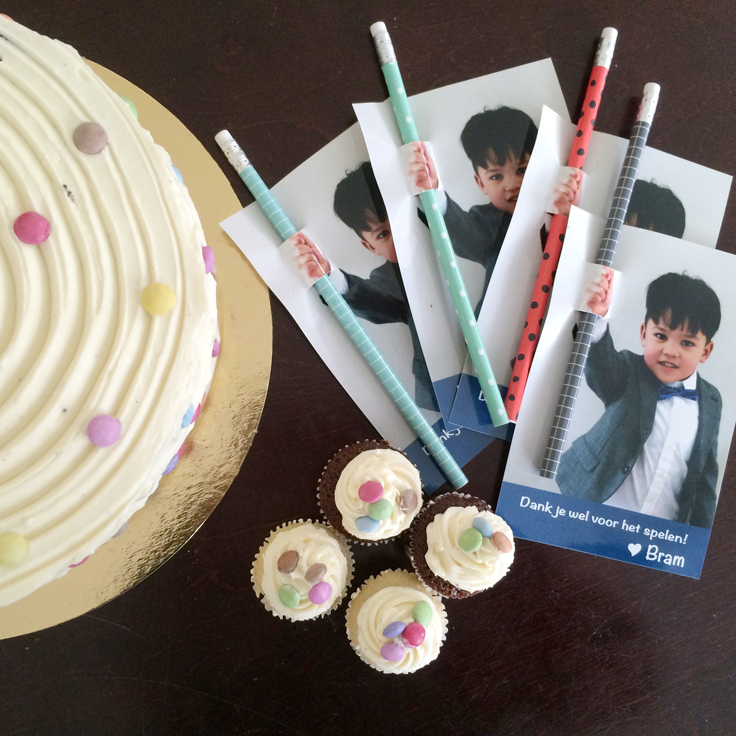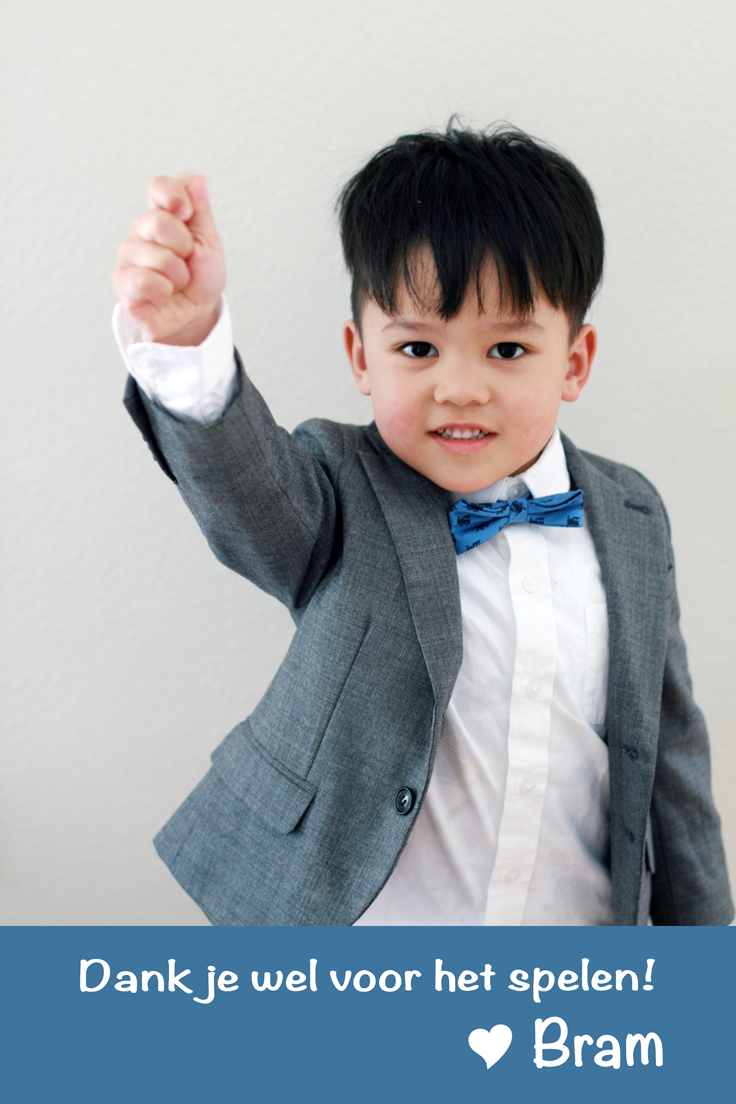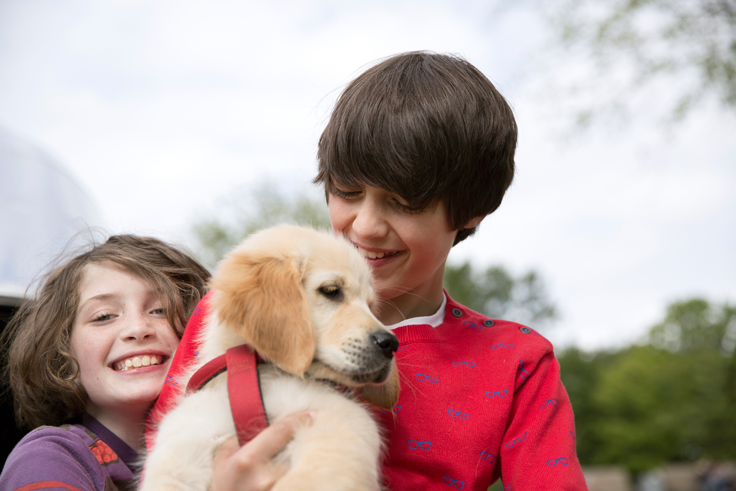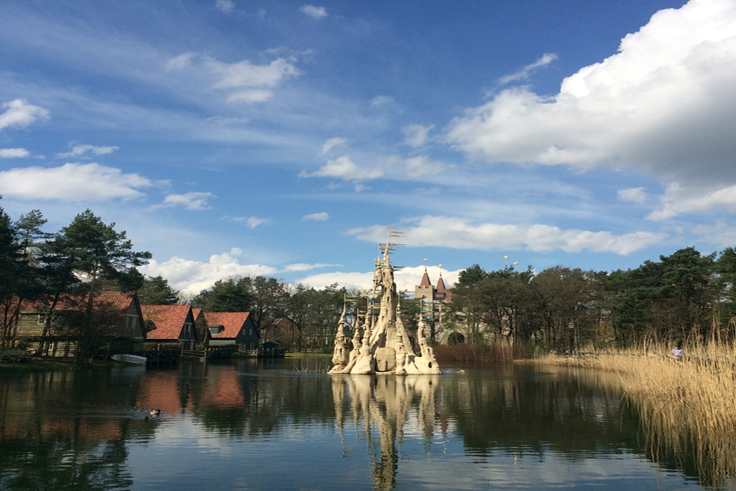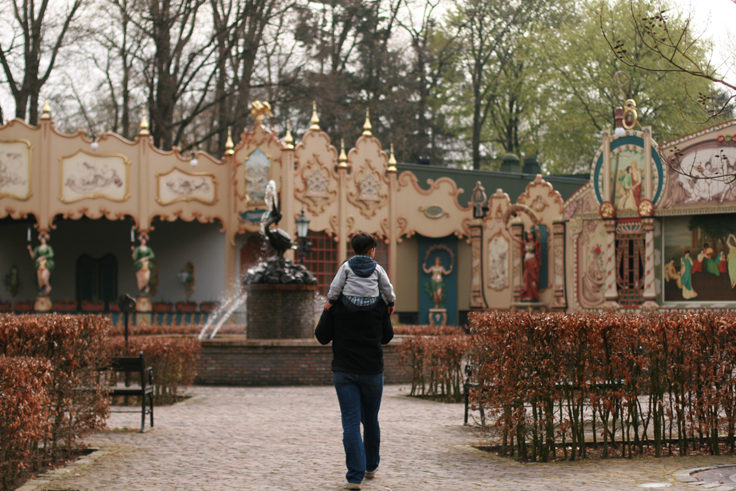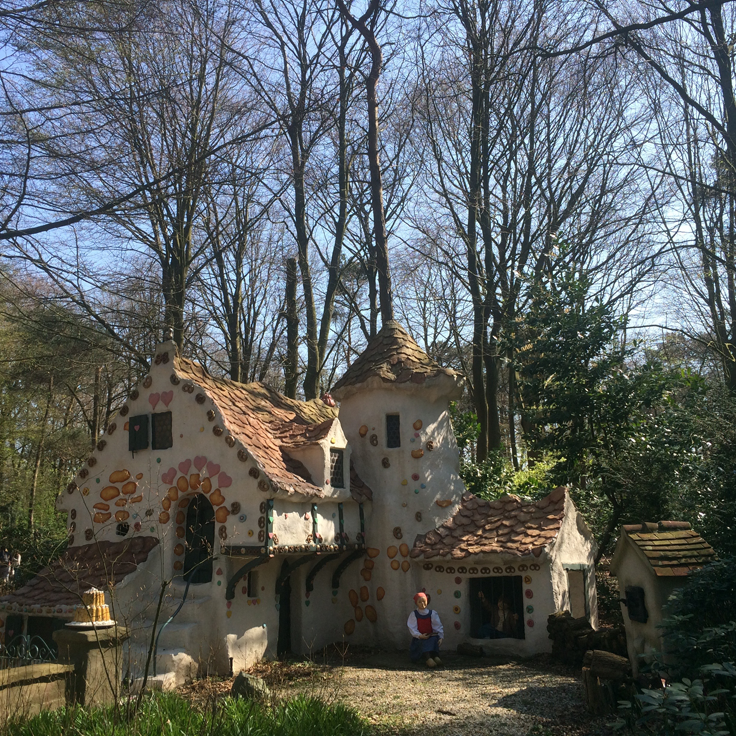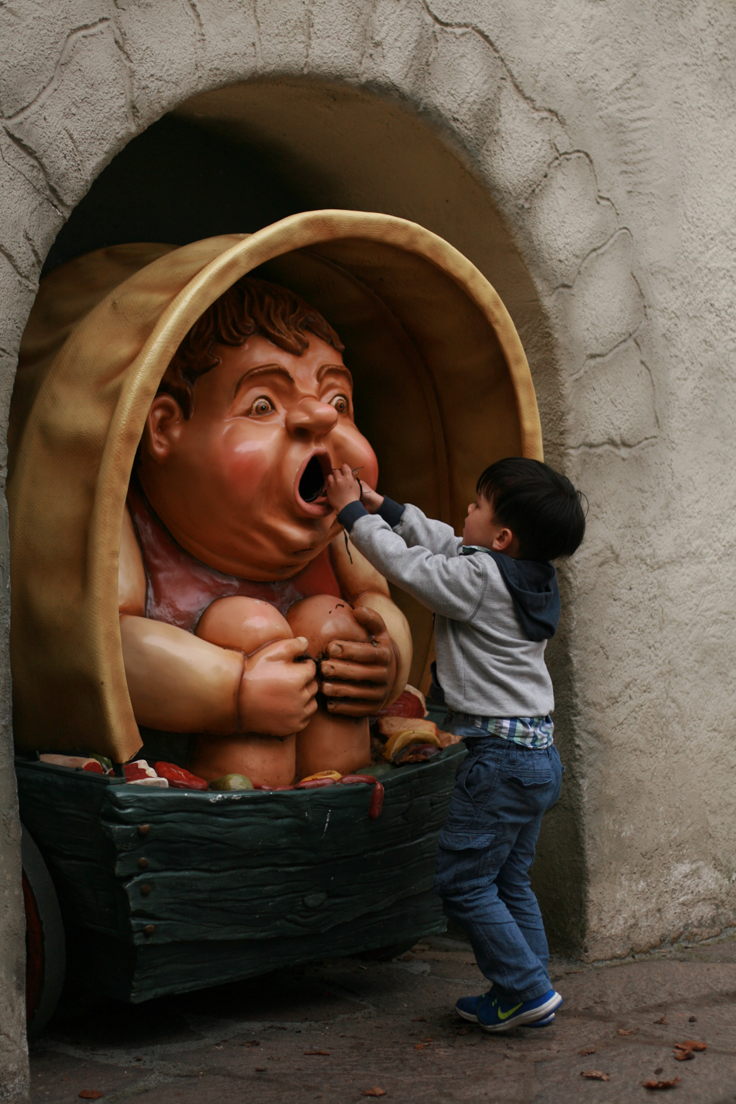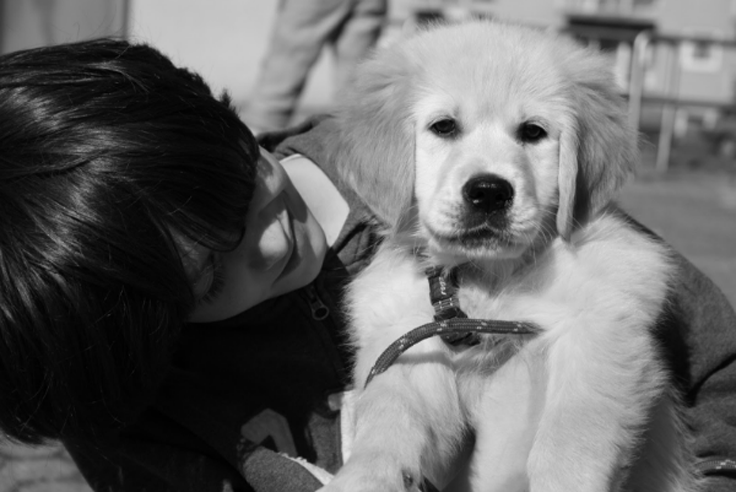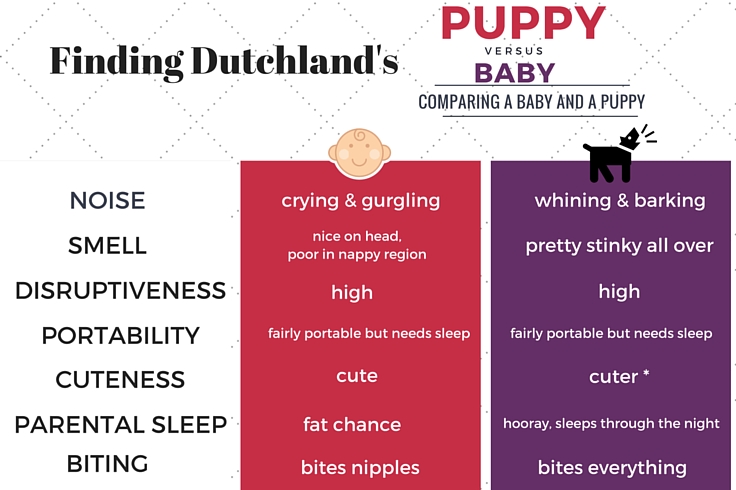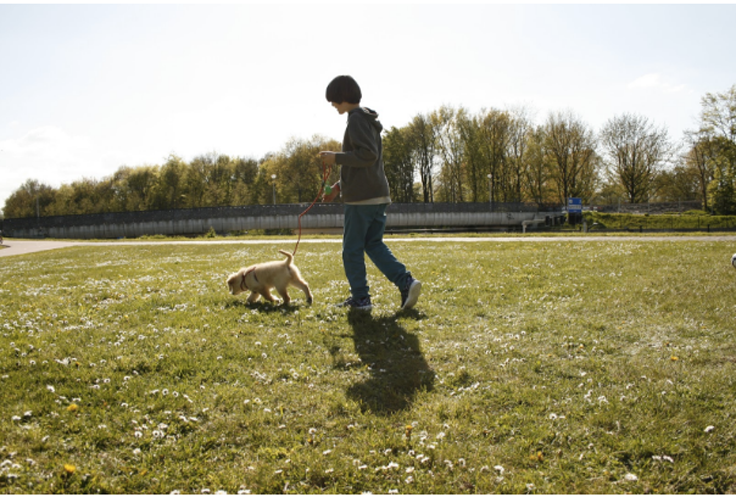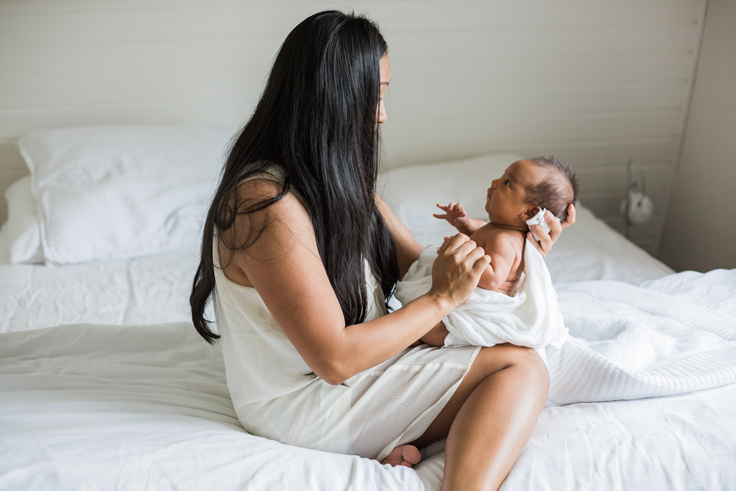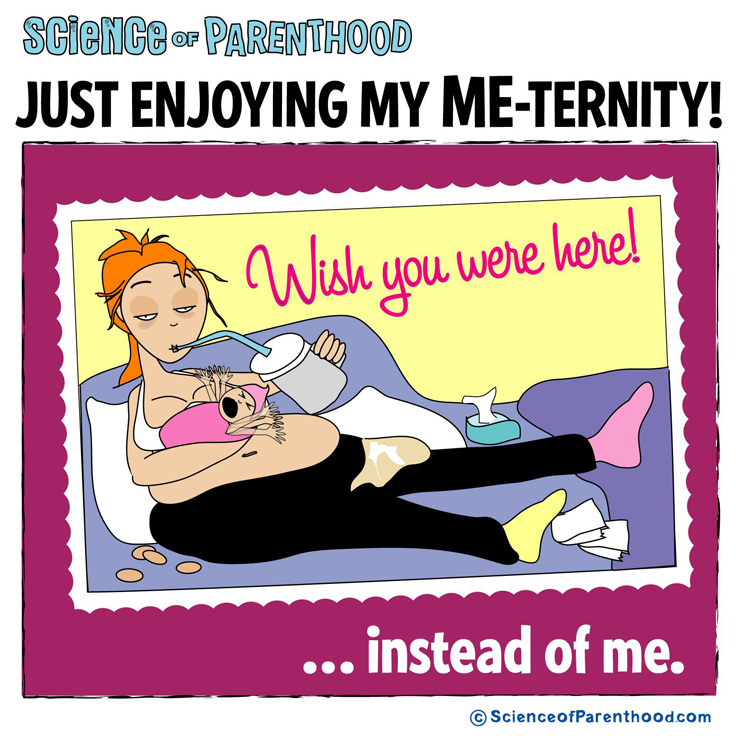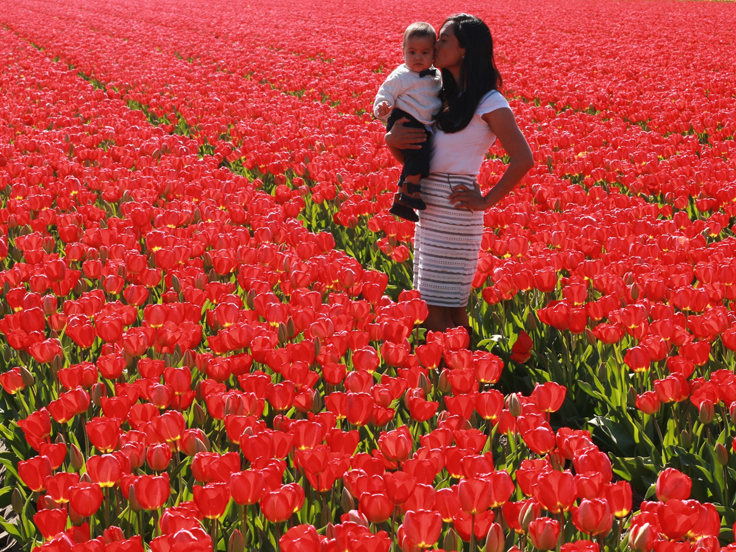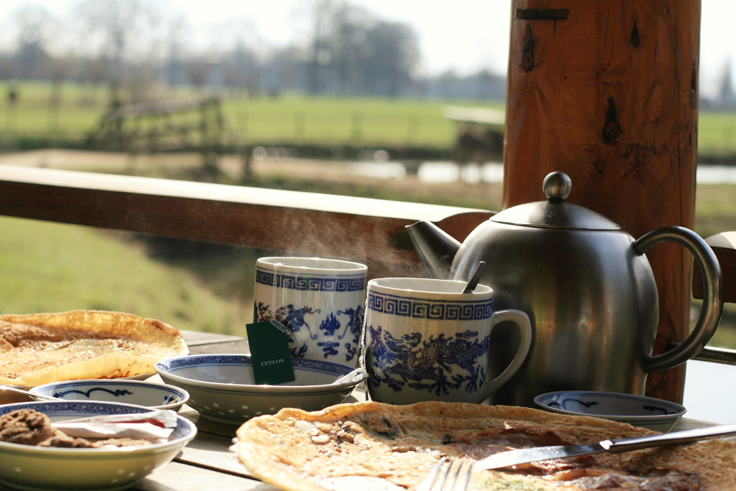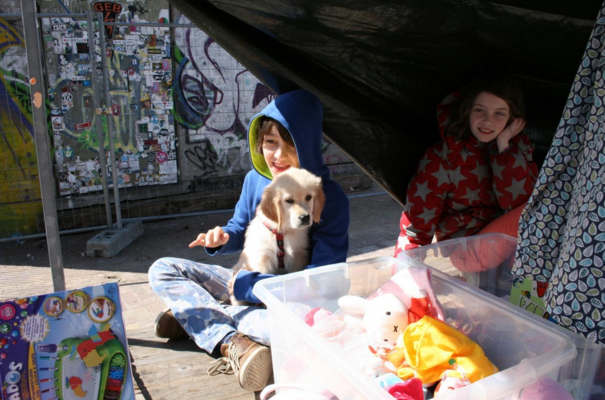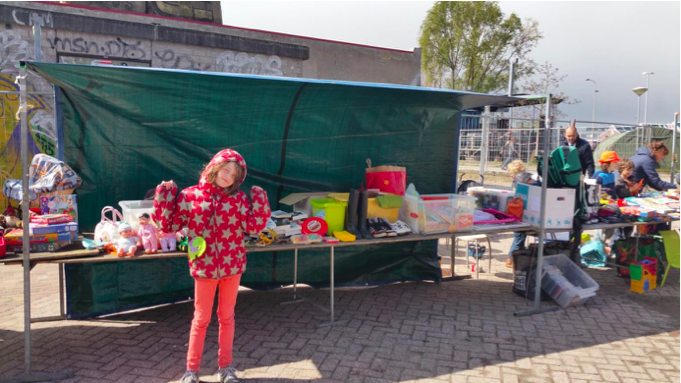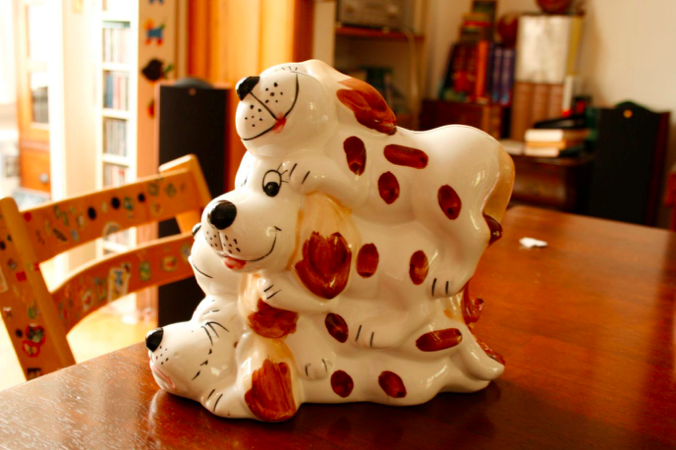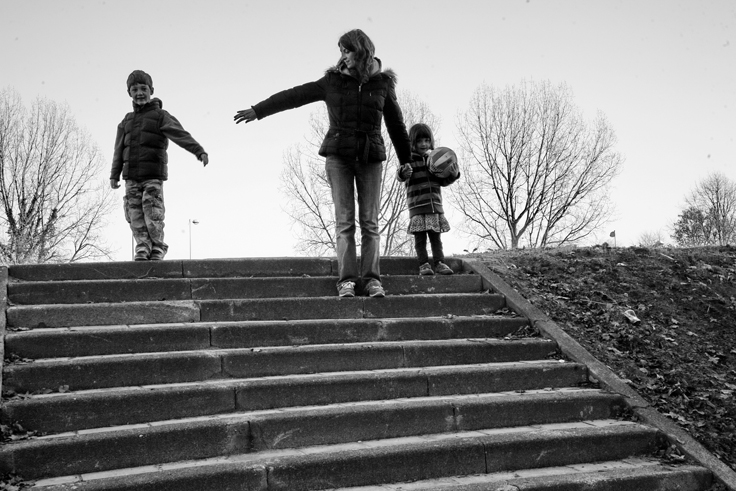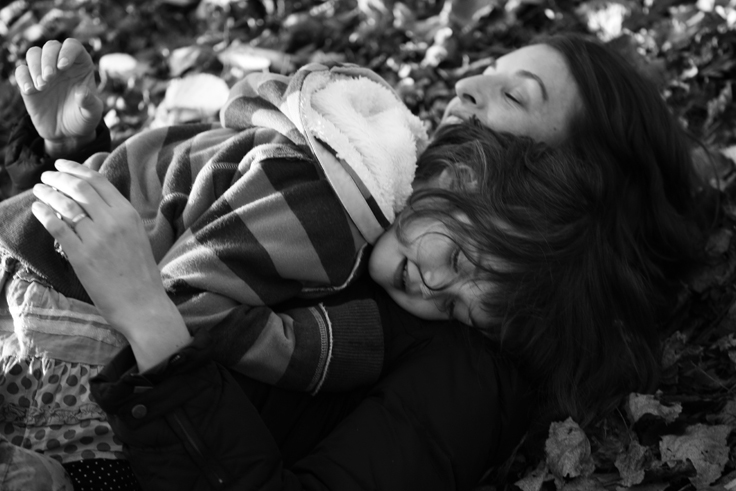First a confession: I’m not a hipster, even though I live in North Amsterdam aka Amsterdam-Noord – the equivalent of Berlin’s Kreuzberg, London’s Hackney or New York’s Williamsberg. It’s been the place to live in Amsterdam for about five years now and has been lauded the hipster capital of the Netherlands There’s plenty that’s as hipster-clichéd as the marketing term, from the restaurants and bars around the graffiti-covered industrial terrain at NSDM-wharf, to Oedipus microbrewery which has built itself a make-shift bar in an old factory building [Gedempte Hamerkanaal 85], to Café de Ceuvel which is a cool bar and simultaneously a project to reclaim and cleanse polluted land. Long gone are the days when Noord was the place the gallows hung and criminals and anti-socials were housed in an experimental closed community.* Urban wasteland regeneration, here we go.
The thing is, I moved here nine years ago, upscaling to give us space for our second child. I’m a bit too old to be a hipster but hey, even the hipsters have settled down and had kids by now. So here are the reasons Amsterdam-Noord is great for both pre- and post-hipster generations:
1. Space and light. The massive Noorderpark [http://noorderpark.nl/] runs right through the centre of the neighbourhood. If you cycle just 10 minutes further north you hit rural Waterland with its polders, dykes and windmills. You can’t get more Dutch.
2. Few tourists. Fortunately, most tourist maps cover the area south of Central Station.
3. Free ferry across the IJ to blow away the cobwebs as you enter and leave your paradise. The river forms a psychological buffer to the stresses of city life.
4. Culture. EYE film museum & cinema, the Tolhuistuin complex (Paradiso, for great bands), plus there are all kinds of musical and theatrical activities going on in, e.g. at the Roze Tanker [http://www.hetisnu.nl/], and Noorderparkkamer. Readings at bookshop ‘Over het water’.
5.Great primary schools like Het Wespennest, De Bijenkorf, Elzenhagen and Montessori Boven ‘t IJ.
6.Great secondary schools like Hyperion Lyceum, Damstede Lyceum, De Nieuwe Havo, Clusius College.
7. Idyllic Dutch streets full of crooked houses such as the Nieuwendammerdijk and Buiksloterdijk give a real village feel.
8. Friendly neighbours. My street has its own Facebook group and plenty of joint activities for young and old such as barbecues, in-house concerts and Easter egg hunts. The pavement becomes a massive communal living room in the summer.
9. Safe places for children to play away from busy traffic. Lots of parks and playgrounds, a skateboard park, paddling pool, new outdoor swimming pool. And lots of bike paths!
10. Waterfront restaurants providing a fantastic view plus reasonably-priced, delicious food like Hotel Goud Fazant, Stork, Il Pecorino Wilhelmina Dok, Loetje aan ‘t IJ. And near-the-waterfront restaurant, Café Modern.

